For many people in the Mustang world, especially in recent years, fitting the widest stance possible to
these cars has become immensely popular. The reasoning behind this is that wide tires and wheels
generally mean that a car is holding much more horsepower and is driven harder. A wide track fitment is
used
often in racing in order to lay down power across a wider surface while also providing more grip and
more even weight distribution. So, when properly offset and wide wheels and tires are not available, the
most direct and simplest route is to install wheel spacers. Wheel spacers must be used carefully, though. While they are a great way to ensure your car has the
proper fitment and offset, there are new concerns that must be properly dealt with after installation.
The use of wheel spacers inherently can reduce the rigidity of your wheel setup when done incorrectly,
and following the proper safety precautions will help prevent that from happening. Any time you work on
or around the wheels of a car you must be incredibly careful and make sure to retighten everything to
the proper torque specification in order to prevent what could be catastrophic damage. Although our bolt-on wheel spacers are strong enough to handle autocross and track use, we recommend
going with extended wheel studs and slide-on spacers. As a side note, the studs can be knocked out of
our wheels spacers to convert them to slide-on. Before installing wheel spacers on your own, please read our
disclaimer.
Types
Uses
Installation
Safety
Disclaimer
When choosing which wheel spacers to use in your Mustang, there are two main things to consider: which
type of spacer you prefer to use, and how diligent you are about maintenance on them. There are two main
types of wheel spacers that can be used when trying to widen your car's track fitment - slip-on spacers
and
bolt-on spacers. Bolt-on spacers require you to connect the wheel to the included lugs as well as attach
another set of studs to the hub itself. Most bolt-on spacers are hub-centric which means that the spacer
is attached at the hub of the wheel as opposed to being attached and centered by the lugs. These have a
lip to help center the wheels to the spacers as well, while lug-centric spacers direct entirely based
on the lug pattern of the wheels. The difference between these is that one is centered on the hub itself
while the other is based on the wheel. Both need to be monitored closely to ensure they are connected
properly. The other type of spacer is known as a slip-on spacer which is simply a plate between the hub and the
wheel itself. The only thing that must be monitored with these is that the extended studs that are
required stay tightened properly. For this, most of the time you will need an Open Back
Lug Nut kit to secure them as tightly as possible. These are simple to
install, easy to maintain, and have less to worry
about since there are fewer parts involved in their use. To use these, you need extended studs that
generally come with these spacers to reach the hub, and tightening them properly is as easy as mounting
any studs on the wheel of a car. These open lug nuts ensure that a long enough stud is used since too
long a stud is perfectly usable if properly torqued down. These simple-to-install upgrades are fairly
easy to use and make
fitting a wider setup easy. Both types of spacers work the same way, and both were developed to fulfill the same purpose as each
other. The point of using spacers of any type is to extend out the axle width on a car when properly
wide or properly offset wheels are not available. They can help fit wheels to a car that otherwise would
not clear the inside firewall or the front strut of the car by each wheel, as well as improve the
stability of the car. For
some enthusiasts, spacers are used to make a car's wheels sit flush with the body panels as opposed to
the slightly pushed-in look many cars ride with from the factory. These spacers help fill the wheel
wells by pushing the wheels out further to the fenders and when done properly is a safe method of giving
your car the extra bit of ground coverage it may need to handle putting down power or taking corners
more evenly. In some cases, adding too much spacer can cause issues in lowered cars. This can cause the
outside sidewall to rub the fender lip, most commonly on the S550 generation of Mustang. Now, it obviously isn't optimal to use spacers, but when extra-wide wheels and tires are not readily
available they are a well-tested substitute. We use them because it is a simple and cost-effective way
of widening the track of our cars when we take them racing as well as making it easier to fit different
wheel setups when offset and backspacing are problematic. When properly using wheel spacers, you need to
be incredibly cautious as using them incorrectly could disconnect your car from the wheels it rides on.
For bolt-on spacers, the checklist for installation and use is more in-depth since they have more steps.
Bolt-On Wheel Spacer Note: Wheel studs should not make contact with
wheel
mounting surface. If contact is made during installation, then wheel studs may need to be
grinded down
for the wheel to sit flush against the bolt-on wheel spacer. If you do not feel comfortable
doing this,
then have a professional install the parts for you. We prefer to use the slip-on spacer instead of the bolt-on spacers when it comes to intense driving
situations like road racing
where there are multiple high-speed corners and events take a decent bit
longer than HPDE use in
which we use bolt-on spacers. The more simple design of them makes them easier
to maintain to spec, and as long as you use the extended studs provided you will have little to no issue
with them on your vehicle. The one thing that must be made sure of is that the lugs that are being used
extend long enough to reach through the wheel, the spacer, and mount in the hub of the wheel. Obviously,
you need to make sure the mounting surface is clean like you do with the bolt-on spacers to ensure
proper mounting which will limit vibration between the wheel, the spacer, and the hub. When you run with wheel spacers, proper installation and periodic monitoring is absolutely crucial. With
slip-on spacers, there is less to worry about since the only factor that
must be accounted for is having lug nuts that are long enough to reach through both the spacer and the
wheel. This is the simplest way of running spacers, and as long as the lugs reach through the wheel
enough to mount lug nuts, there should be no real concerns outside of those associated with mounting
wheels normally. It is because of this that we prefer these for more aggressive and strenuous driving.
When running with bolt-on spacers, you must maintain them meticulously since there are multiple pieces to
check. With these, you need to torque the lugs and studs to spec for both the ones
attaching to the hub as well as to the wheels. For this reason, it is more time-involving to run your
car with these. When installed properly, they're very usable and they work as a great adapter if you do
not always run with a wide stance in your vehicle, such as if you are bringing the car to a racetrack
but you also drive the car regularly. Please Note: This guide is an aid to help you install wheel spacers on your vehicle
within the comfort of your own home or garage. Wheel spacers require correct installation and periodic
monitoring during use. If you do not feel confident in performing the installation safely on your own,
then have a professional install the parts for you.Wheel Spacers And Their Proper Use
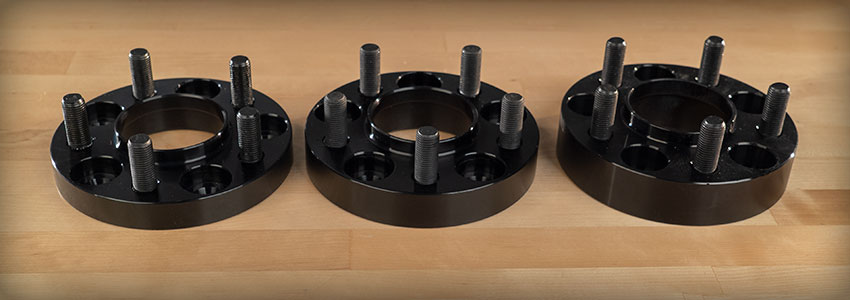
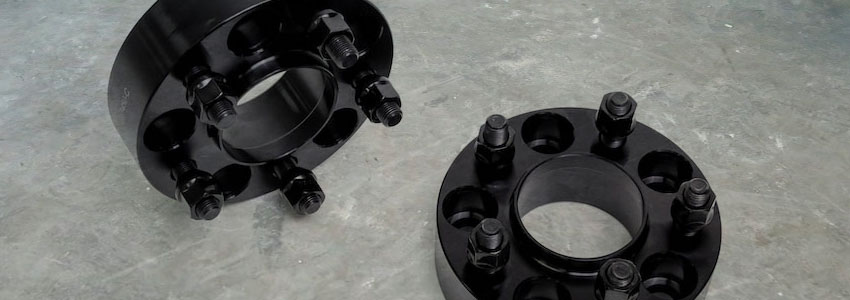
Types Of Wheel Spacers
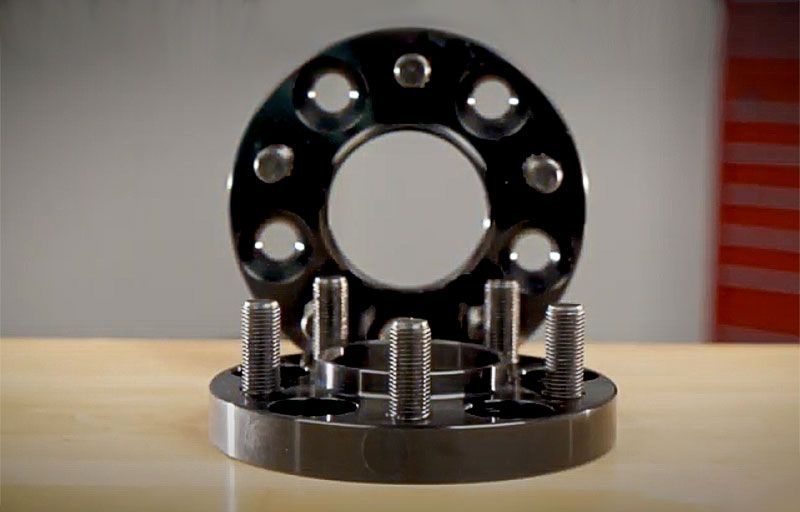
Bolt-On Spacers

Slip-On Spacer
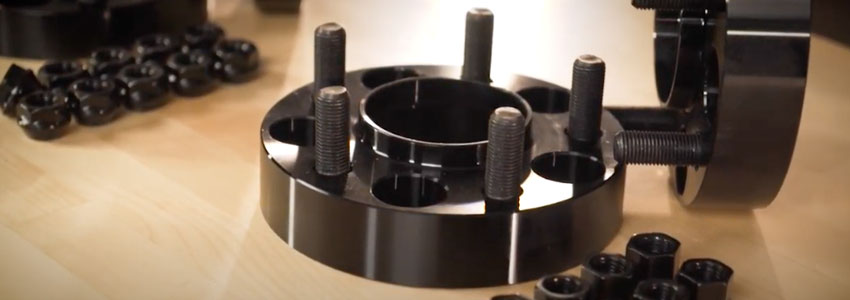
Wheel Spacer Usage
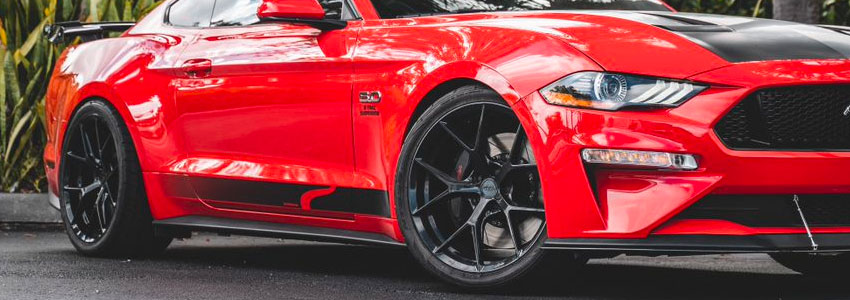
Proper Wheel Spacer Installation
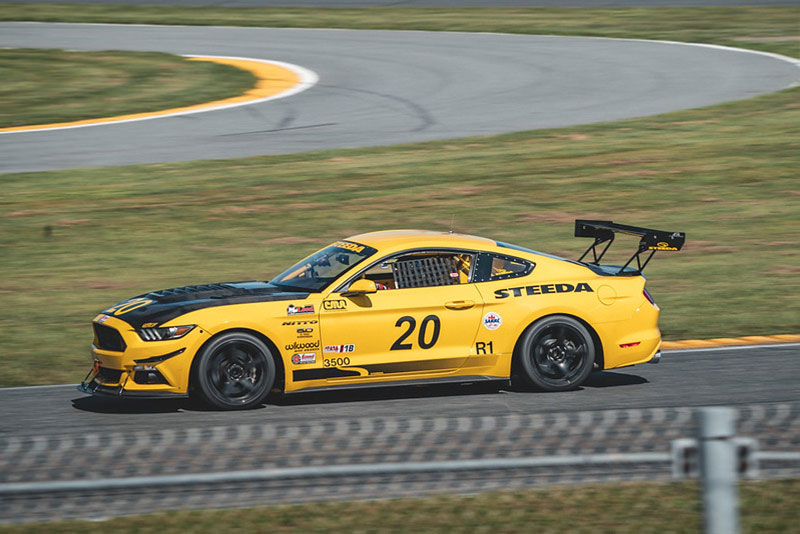 Steeda's
#20 Race Car runs a set of slip-on spacers
around Daytona International Speedway.
Steeda's
#20 Race Car runs a set of slip-on spacers
around Daytona International Speedway.
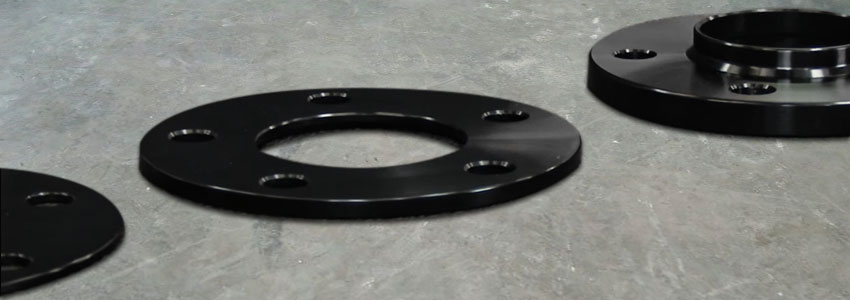
Wheel Spacer Safety
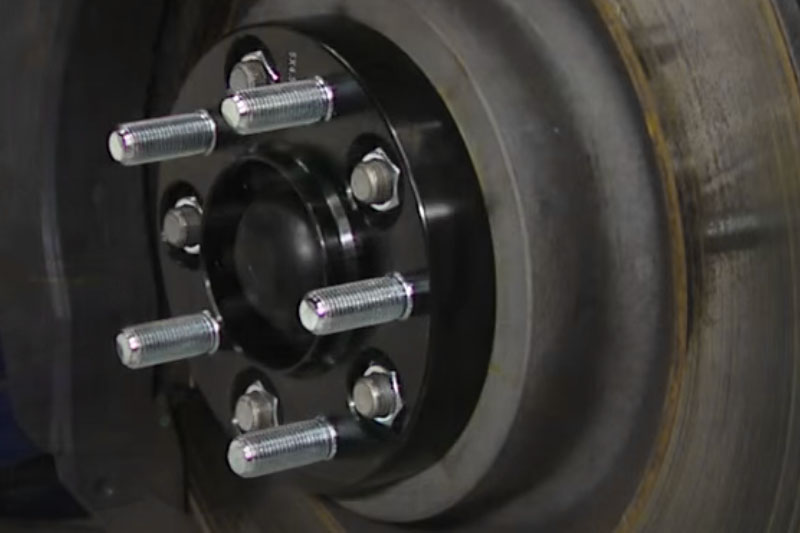
Wheel Spacers Disclaimer
Related Articles





